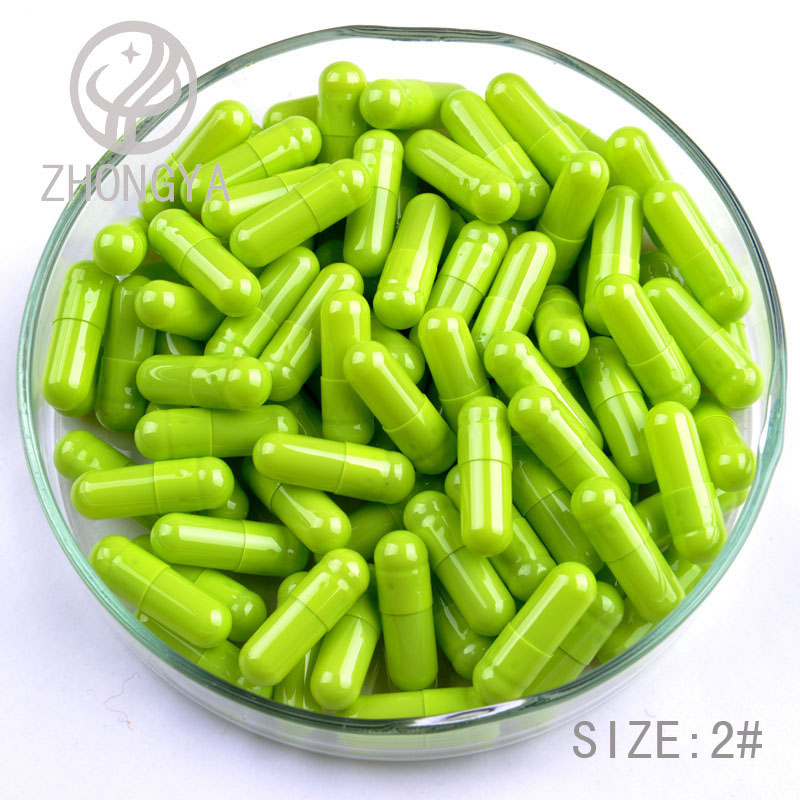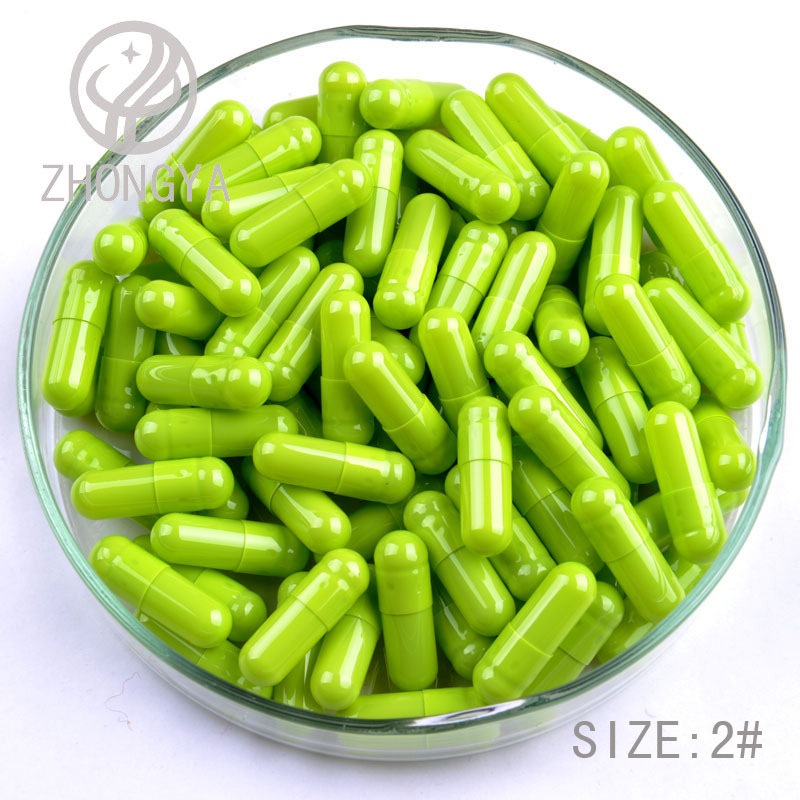Product Consultation
Your email address will not be published. Required fields are marked *


Capsule drugs can be seen everywhere in daily life. Because certain drugs have a great stimulating effect on the digestive system and respiratory system of the human body, they need to be wrapped in capsules for taking, thereby forming capsule drugs. Be very careful when taking small capsules, but most people currently do not have a correct understanding of how to take capsules.

The correct way to take capsule medicine is to take a glass of moderate temperature water, about 100 to 200 ml. The patient adopts a standing or chest position. First drink a sip of water to moisturize the throat and esophagus. Then put the capsule in your mouth and drink another sip of water. Swallow the capsule with water. Don't lower or raise your head too much. Then drink the remaining water, making sure the capsule is flushed into the stomach.
In addition, the following 4 items should be paid attention to when administering capsules correctly:
1. Obtain products from formal channels. Can greatly reduce the occurrence of "poison capsule" incidents.
2. It is inappropriate to disassemble the capsule. Capsule preparations have the characteristics of improving drug stability, protecting the digestive tract and respiratory tract from direct drug stimulation, and targeting sustained release. Once the capsule shell is peeled off, the effect of the drug may be weakened and toxic side effects may increase.
3. It is not advisable to send capsules with hot water. Gelatin is the most widely used ingredient in capsule shells. It slowly absorbs water to soften in cold water, and quickly melts and dissolves in hot water. If taken with hot water, the capsule shell is easily damaged, and the medicine inside will be released early, which will affect the efficacy and safety of the medicine. Therefore, cold water (but not too cold) or warm water is more appropriate.
4. Do not swallow directly. Dry swallowing of the capsule will cause the capsule to fail to enter the stomach quickly and may attach to the esophagus, causing damage to the esophagus after the local drug is released, causing mucosal damage and even ulcers.
Your email address will not be published. Required fields are marked *
If you would like to learn more about our products, please feel free to contact us and we will do our to assist you.
No.1 Tianzhu 3rd Road, Dufu Town, Xinchang County, Zhejiang Province
86-575 8606 0065
86-159 8825 2009
+86 159 8825 2009
+1 380 215 7432
